2,992cc DOHC Inline 6-Cylinder 'DBA-Spec' Engine 3 Weber Carburetors 162bhp at 5,500rpm 5-Speed Manual Transmission (see text) Independent Front Suspension – Live Rear Axle Front Disc – Rear Drum Brakes *Original U.S. delivery, left hand drive example *Factory equipped with competition specifications *Sympathetically restored example *Freshly serviced and detailed *Eligible for world-class rallies and driving events The Aston Martin DB MkIII The need to widen the appeal of the already-successful DB2 resulted in the launch in October 1953 of the 2+2 DB2/4. Extensive revisions to the car's rear end arrangements made room for two occasional seats and more luggage, the latter being accessed via a hatchback rear door - one of the earliest applications of this now-ubiquitous styling device. Two years after the introduction of the mildly restyled DB2/4 MkII came the DB MkIII - the '2/4' suffix being dropped - 551 of which, mainly saloons, were produced between March 1957 and July 1959, some 55% of which were exported. Externally the most obvious change was the adoption of a DB3S-style grille, establishing the 'hallmark' look of subsequent Aston Martins, which had been drawn up by Tickford designer Bert Thickpenny. This restyled nose gave the car a more imposing look, while the interior boasted a redesigned dashboard with instruments grouped in a cowled panel ahead of the driver. The 3.0-liter engine benefited from an extensive redesign by Tadek Marek (newly arrived from Austin) and featured, among other improvements, a stiffer block, stronger crankshaft and a new cylinder head with bigger valves. A maximum output of 162bhp was available with the single-pipe exhaust system, 178bhp with the optional twin-pipe version. Elsewhere there were improvements to both clutch and gearbox; Laycock overdrive became available and front disc brakes became standard rather than optional after the first 100 cars had been built, commencing at chassis '1401'. Despite the inevitable weight increase, the MkIII was faster than any of its predecessors, with a top speed of 120mph. Unbeknownst to many, the DB MkIII is another 'James Bond' Aston Martin, appearing in Ian Fleming's novel 'Goldfinger', though by the time the book made it to the screen the DB5 was the current model, so that was used instead. The Motorcar Offered As delivered new, this sporting Aston was even more sporting than others of its brethren, as its build sheet confirms that it received 2 Rumbold Safety Belts, Twin Exhaust system, a Smiths Oil Temperature gauge, as well as front disc brakes - all of which would suggest perhaps that the original owner had intended some light competitive use at the very least. That individual was Captain Jerome J. Sauber, who was stationed at the 47th Air Transport Squadron at Travis Air Force Base in California. Sauber received his new Aston in September 1957, finished in 'Broken White' (an off-white hue) paintwork with a red Connolly leather interior. Early service records show relatively routine maintenance, one unusual detail being that the front seat was returned to the factory for modification. Beyond this, and knowing that the car had recorded more than 18,000 miles within its first two years of ownership, its early days with Captain Sauber are not illustrated further. By the 1970s, we know that the car had crossed the country for at least the first time as it was with New Jersey collector Irv Bahrt or Riversedge, according to the Aston Martin Owner's Club Registers for 1971 and 1992. The latter notes that he campaigned it in a number of events at Lime Rock, including Precision Driving tests and also at their annual Concours in 1979, when the car garnered a 2nd Place. By 2000, the Aston found itself again in California, this time with Dr. Robert Elliot of San Juan Capistrano. In 2004 it passed into the ownership of a Virginia resident, before eventually arriving in its present ownership, a collection of excellent post-war sports cars. Today the MkIII p
2,992cc DOHC Inline 6-Cylinder 'DBA-Spec' Engine 3 Weber Carburetors 162bhp at 5,500rpm 5-Speed Manual Transmission (see text) Independent Front Suspension – Live Rear Axle Front Disc – Rear Drum Brakes *Original U.S. delivery, left hand drive example *Factory equipped with competition specifications *Sympathetically restored example *Freshly serviced and detailed *Eligible for world-class rallies and driving events The Aston Martin DB MkIII The need to widen the appeal of the already-successful DB2 resulted in the launch in October 1953 of the 2+2 DB2/4. Extensive revisions to the car's rear end arrangements made room for two occasional seats and more luggage, the latter being accessed via a hatchback rear door - one of the earliest applications of this now-ubiquitous styling device. Two years after the introduction of the mildly restyled DB2/4 MkII came the DB MkIII - the '2/4' suffix being dropped - 551 of which, mainly saloons, were produced between March 1957 and July 1959, some 55% of which were exported. Externally the most obvious change was the adoption of a DB3S-style grille, establishing the 'hallmark' look of subsequent Aston Martins, which had been drawn up by Tickford designer Bert Thickpenny. This restyled nose gave the car a more imposing look, while the interior boasted a redesigned dashboard with instruments grouped in a cowled panel ahead of the driver. The 3.0-liter engine benefited from an extensive redesign by Tadek Marek (newly arrived from Austin) and featured, among other improvements, a stiffer block, stronger crankshaft and a new cylinder head with bigger valves. A maximum output of 162bhp was available with the single-pipe exhaust system, 178bhp with the optional twin-pipe version. Elsewhere there were improvements to both clutch and gearbox; Laycock overdrive became available and front disc brakes became standard rather than optional after the first 100 cars had been built, commencing at chassis '1401'. Despite the inevitable weight increase, the MkIII was faster than any of its predecessors, with a top speed of 120mph. Unbeknownst to many, the DB MkIII is another 'James Bond' Aston Martin, appearing in Ian Fleming's novel 'Goldfinger', though by the time the book made it to the screen the DB5 was the current model, so that was used instead. The Motorcar Offered As delivered new, this sporting Aston was even more sporting than others of its brethren, as its build sheet confirms that it received 2 Rumbold Safety Belts, Twin Exhaust system, a Smiths Oil Temperature gauge, as well as front disc brakes - all of which would suggest perhaps that the original owner had intended some light competitive use at the very least. That individual was Captain Jerome J. Sauber, who was stationed at the 47th Air Transport Squadron at Travis Air Force Base in California. Sauber received his new Aston in September 1957, finished in 'Broken White' (an off-white hue) paintwork with a red Connolly leather interior. Early service records show relatively routine maintenance, one unusual detail being that the front seat was returned to the factory for modification. Beyond this, and knowing that the car had recorded more than 18,000 miles within its first two years of ownership, its early days with Captain Sauber are not illustrated further. By the 1970s, we know that the car had crossed the country for at least the first time as it was with New Jersey collector Irv Bahrt or Riversedge, according to the Aston Martin Owner's Club Registers for 1971 and 1992. The latter notes that he campaigned it in a number of events at Lime Rock, including Precision Driving tests and also at their annual Concours in 1979, when the car garnered a 2nd Place. By 2000, the Aston found itself again in California, this time with Dr. Robert Elliot of San Juan Capistrano. In 2004 it passed into the ownership of a Virginia resident, before eventually arriving in its present ownership, a collection of excellent post-war sports cars. Today the MkIII p
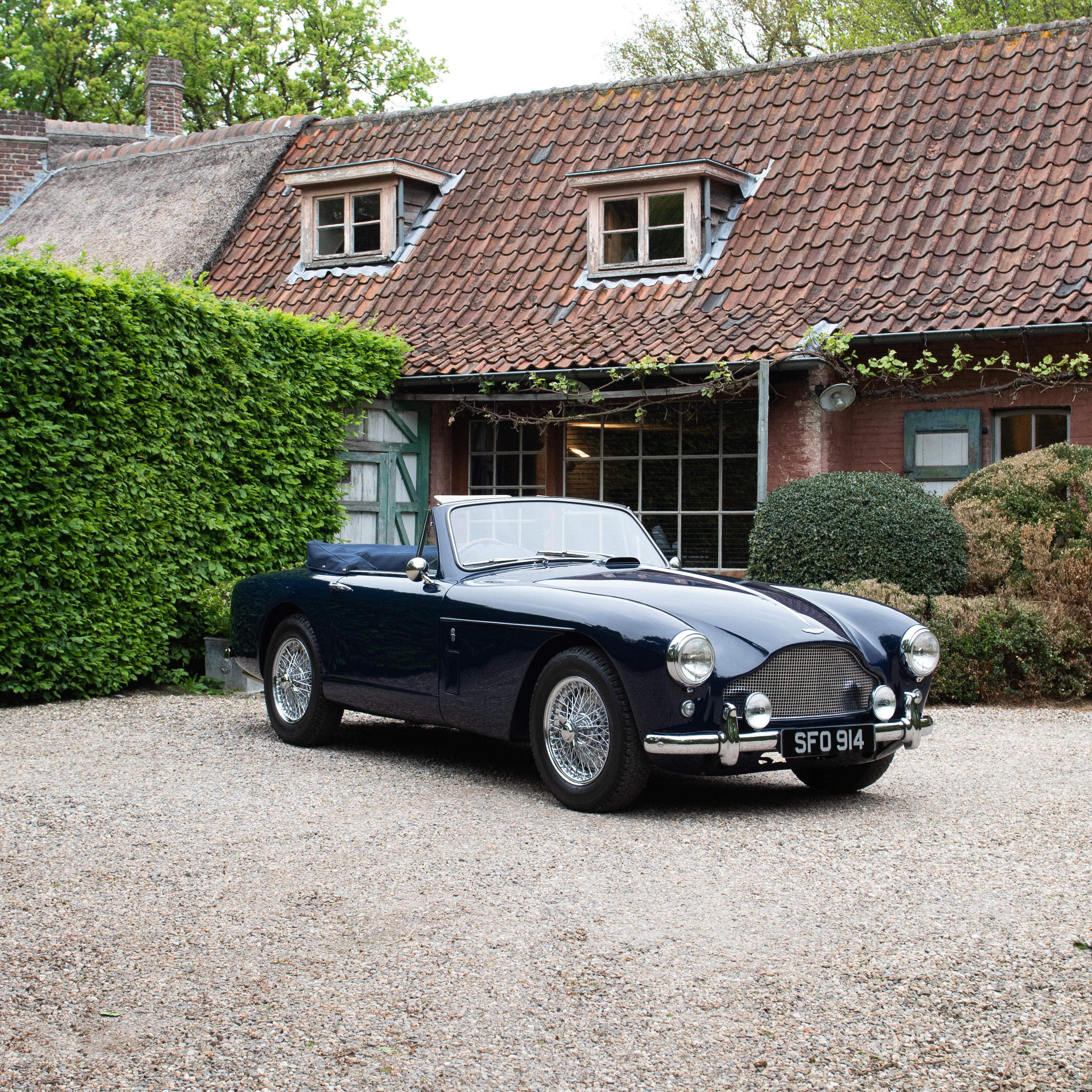



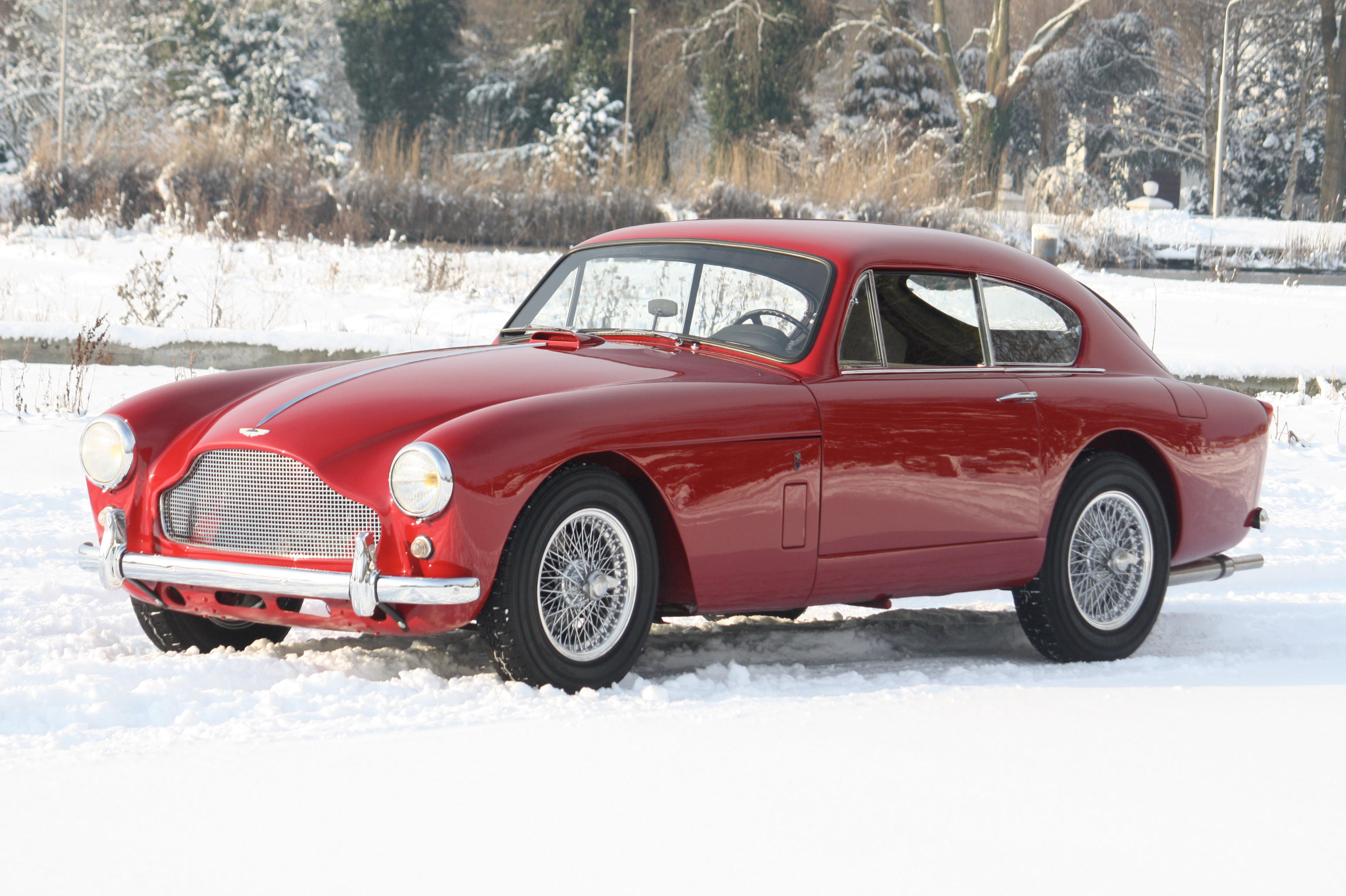


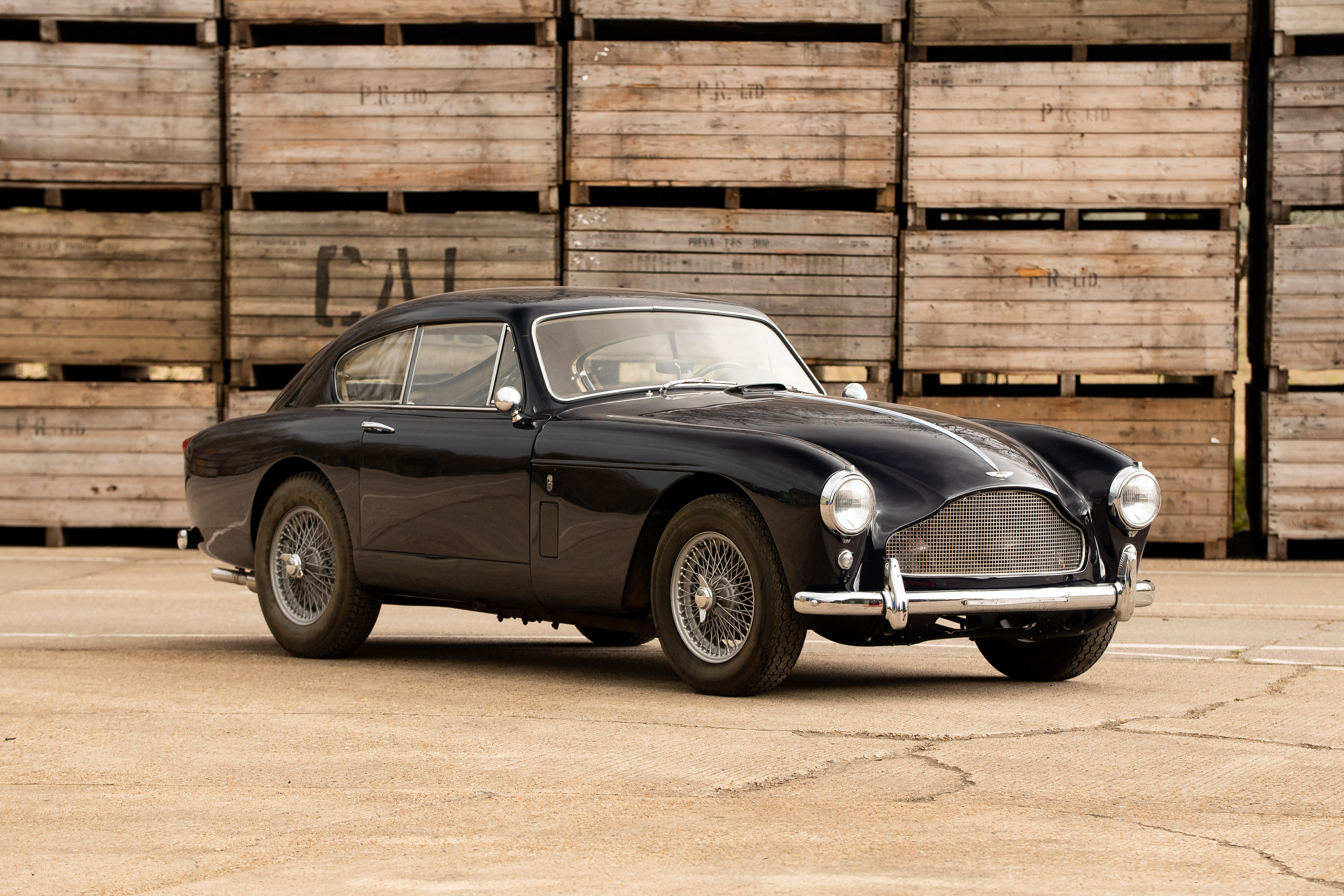

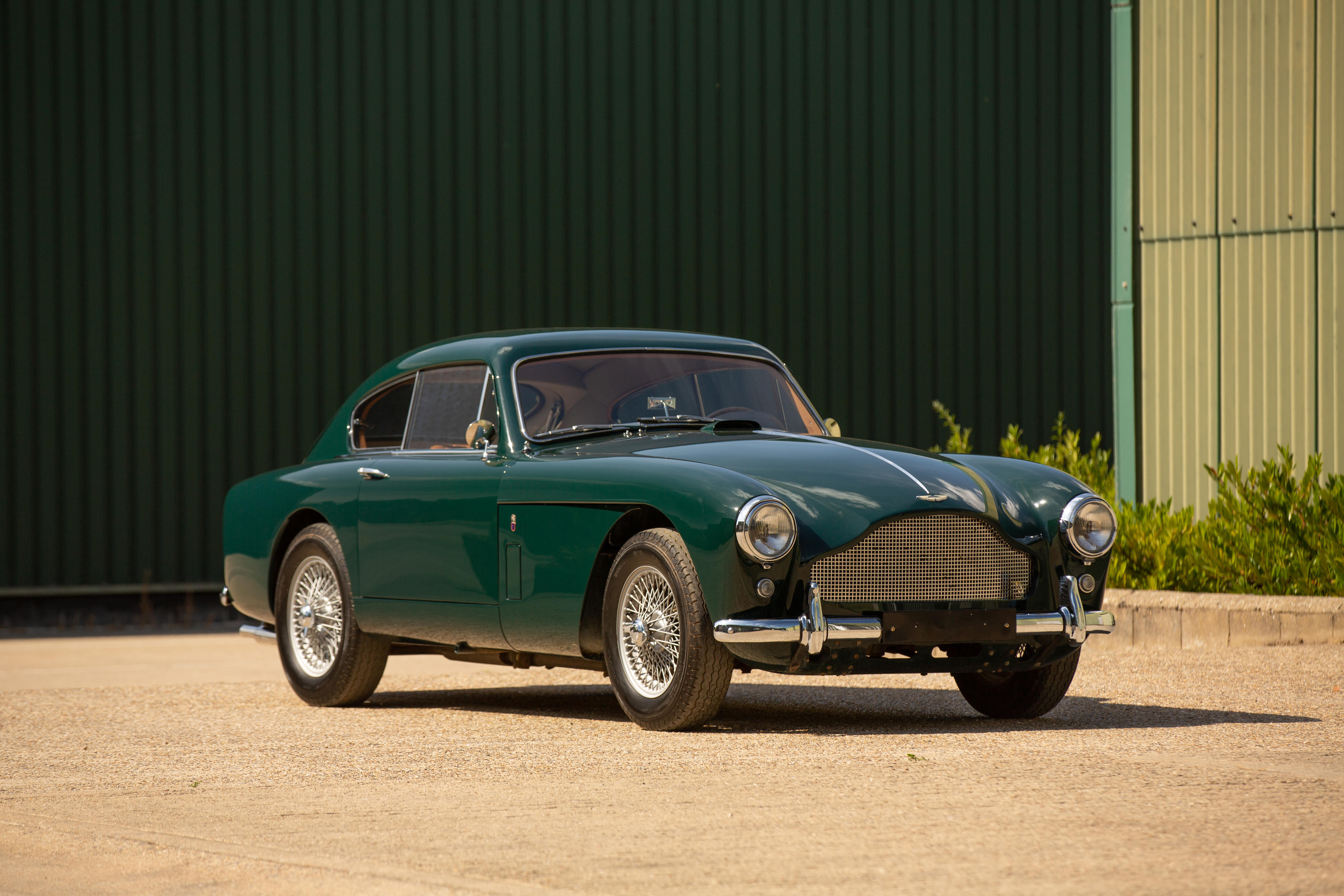

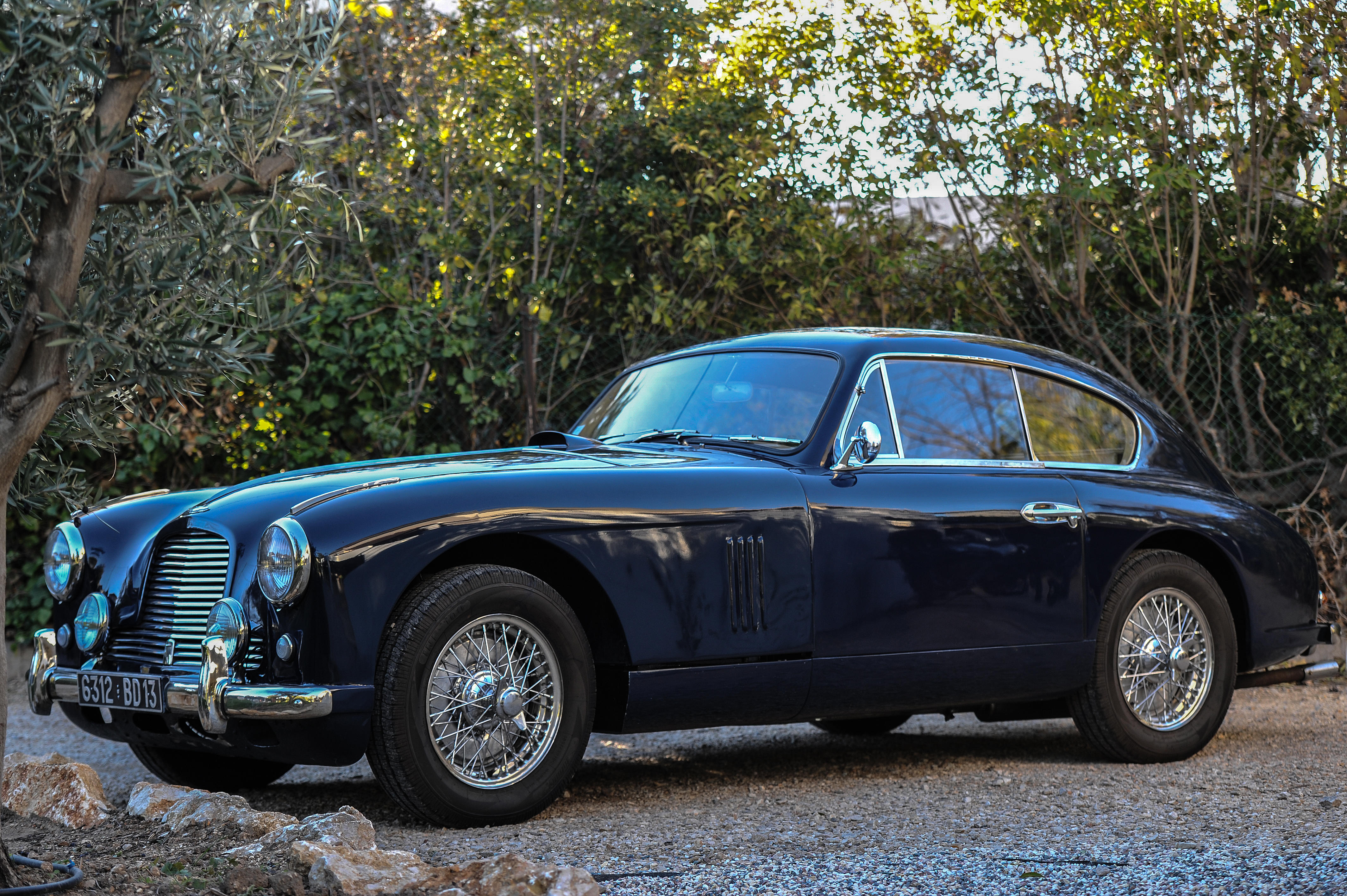
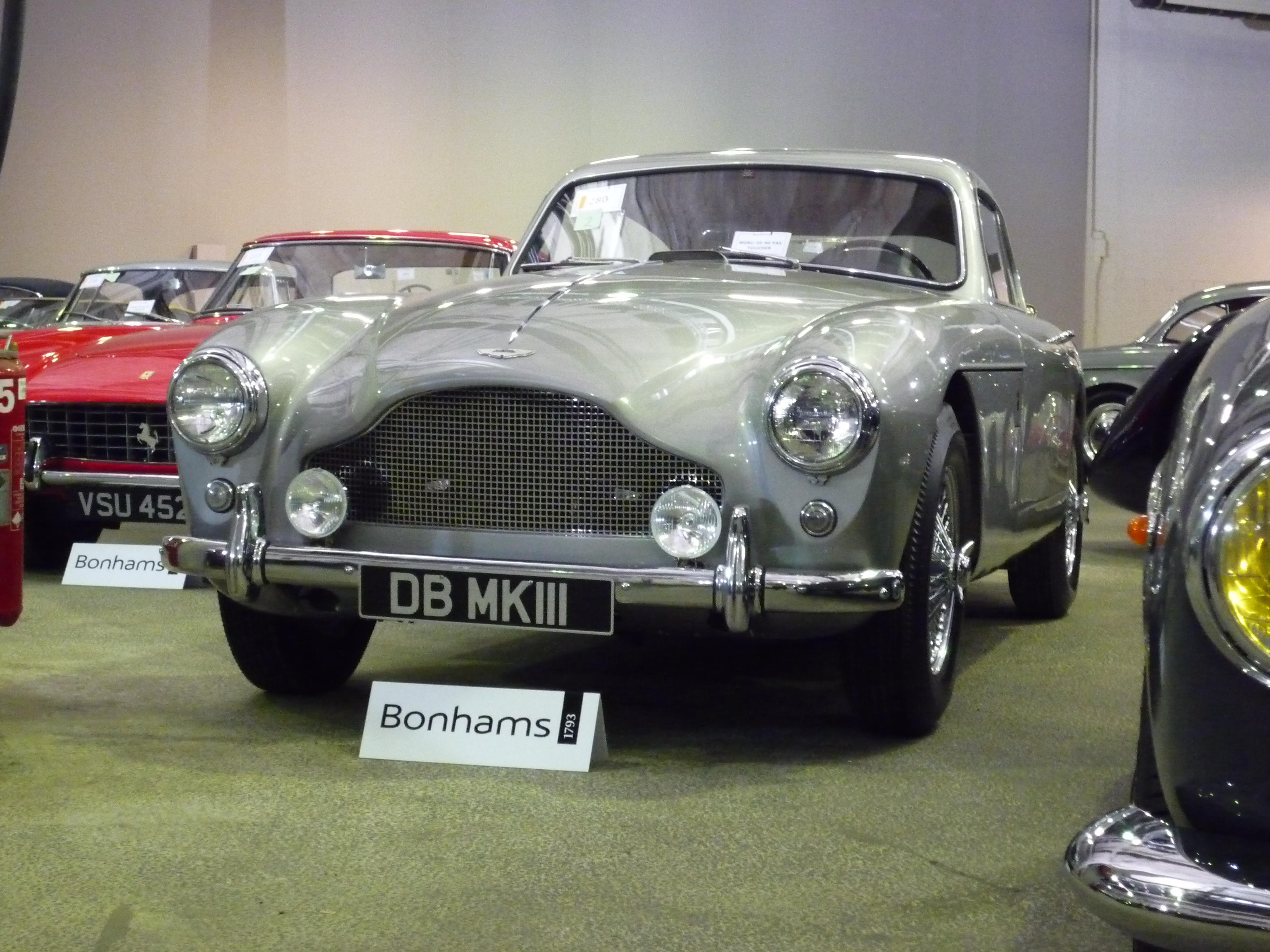
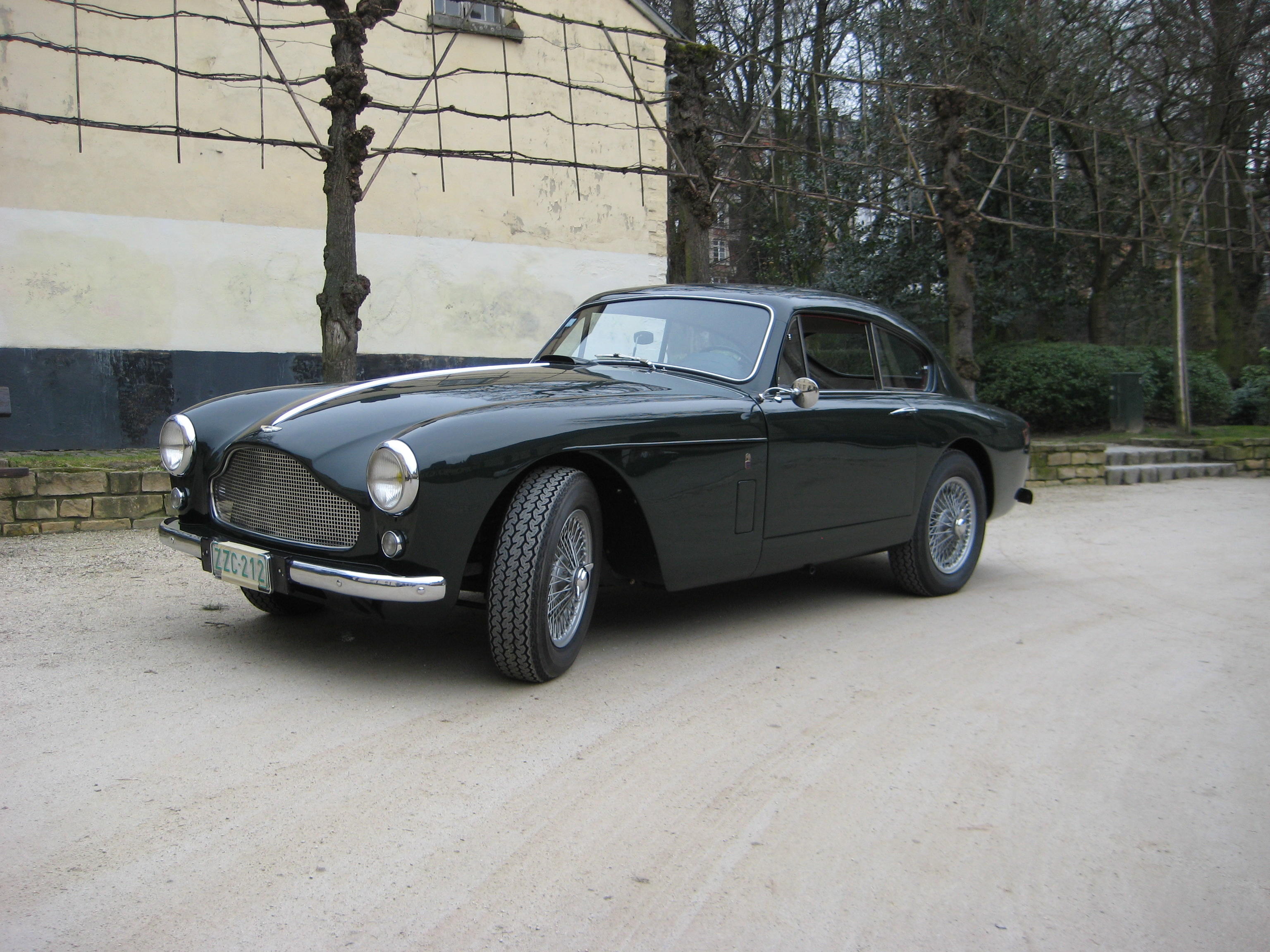
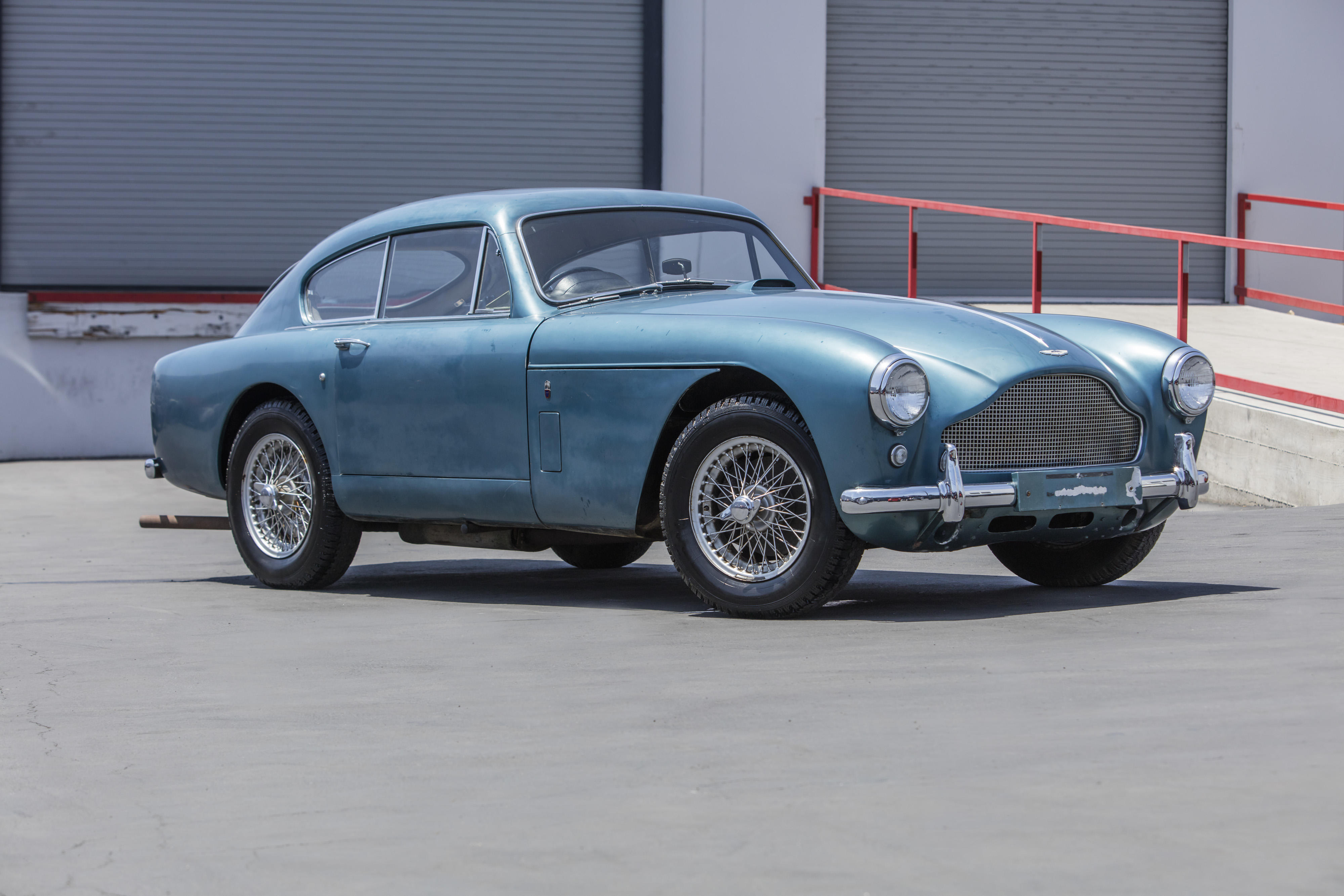
Testen Sie LotSearch und seine Premium-Features 7 Tage - ohne Kosten!
Lassen Sie sich automatisch über neue Objekte in kommenden Auktionen benachrichtigen.
Suchauftrag anlegen